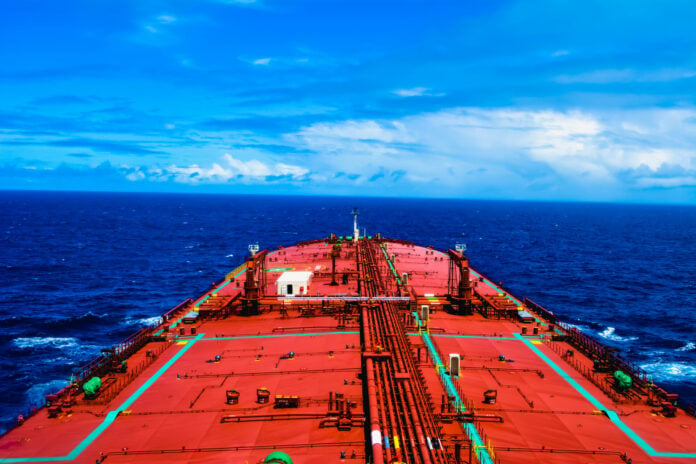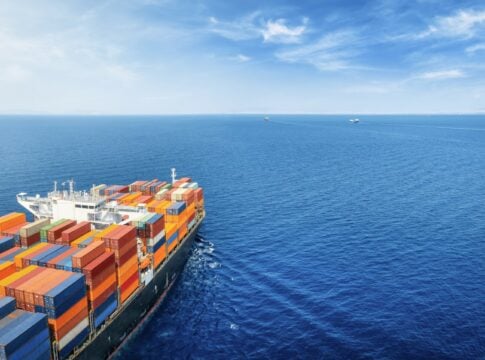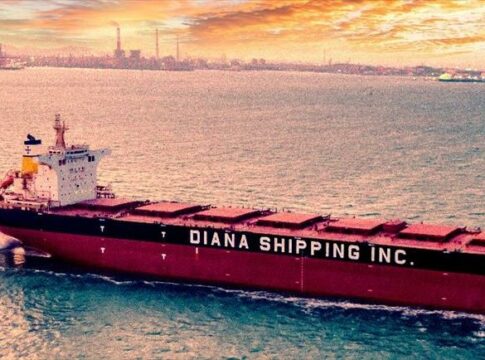The shipping sector is faced with numerous EU regulations and directives concerning the environment in the coming years while strict penalties are also provided.
Although industry representatives claim that shipping needs global rules, the EU has adopted tight timetables in order to implement its own plan, independent of the initiatives taken by the International Maritime Organization.
The degree of difficulty, which increases year after year, is described in the analysis by Affinity Research.
The European Commission approved the “Fit For 55” package of proposals in July 2021. The package aims to reduce EU greenhouse gas emissions by at least 55% by 2030 compared to 1990 levels and achieve climate neutrality by 2050.
The EU has come up with greenhouse gas regulations for all ships. The four most important are:
1. Directive on the European trade system.
2. Fuel EU Maritime Regulation.
3. Regulation on alternative fuel infrastructures.
4. Directive on the taxation of energy.
All emissions produced by ships making voyages between EU ports, as well as emissions produced in berthing, fall within the scope of the Emissions Trading Scheme.
They must be purchased and delivered for half the emissions produced on voyages arriving at an EU port from a country outside the EU and for half of the emissions produced on voyages departing from an EU port but terminate in a port outside the EU. Shipping companies will be responsible for 40% of their applicable emissions in 2024, rising to 70% in 2025 and finally 100% in 2026.
In case of non-compliance of the ship with the requirements of the EU for MRV for two consecutive periods, the company may be expelled and banned from trading in the EU.














